My nephew Theo’s fifth birthday taught me a lesson I’ll never forget about children’s presents. I’d spent ages hunting for the perfect gift – eventually splashing out on this fancy remote-controlled dinosaur that roared, walked, and even responded to voice commands. Cost me a small fortune, but I was convinced it would make me the coolest aunt in history.
The party day arrived, and I watched with barely contained excitement as Theo unwrapped my gift. His initial reaction was everything I’d hoped for – wide eyes, gasping, immediate demands to get it out of the packaging. Success! Or so I thought.
Fast forward three weeks, and my sister Emily sent me a photo of Theo’s bedroom. There was my magnificent dinosaur, abandoned under a pile of clothes, one leg missing, batteries dead. Meanwhile, Theo was completely absorbed playing with the wooden train set my parents had given him for his third birthday, which he’d been steadily adding to for years.
“Bloody hell,” I remember thinking. “I’ve been doing this all wrong.”
That moment changed my entire approach to buying gifts for the little ones in my life. Instead of chasing that fleeting moment of “wow” when a child first tears off the wrapping paper, I started focusing on what I now call “growth gifts” – presents that evolve alongside the child, offering new possibilities as they develop.
Look, I’m not saying there’s anything wrong with the occasional splashy toy that delivers pure joy on the day. Those gifts definitely have their place! But I’ve found that the most treasured possessions in a child’s life – the ones that don’t end up forgotten at the bottom of the toy box after a fortnight – are usually those that can be used in increasingly sophisticated ways as they grow older.
Take building blocks, for instance. My goddaughter Poppy received a basic wooden block set when she was about 18 months old. Back then, she mostly just enjoyed knocking down towers that adults built for her (and occasionally trying to eat the smaller pieces, much to her mother’s horror). By three, she was building simple structures herself. At five, those same blocks became props in elaborate imaginary games where they transformed into castles, spaceships, or shops. Now, at eight, she’s using them alongside her coding toys to create obstacle courses for her programmable robot.
That’s seven years of play value from a single gift – pretty good investment, I’d say!
I’ve noticed these “growth gifts” tend to fall into several categories. There’s the open-ended creative stuff – your art supplies, building materials, and musical instruments. These have no fixed “right way” to use them, so children can engage with them differently as they develop.
My friend’s daughter Isabella received a child-sized ukulele for her fourth birthday. In the beginning, she mostly just enjoyed making noise with it (rather painful noise, if I’m honest). By six, she was learning simple chords. Now at ten, she’s properly playing songs and writing her own music. The instrument itself hasn’t changed, but her relationship with it has evolved dramatically.
Then there are what I call “expandable systems” – toys designed with collectible or additional components that add complexity over time. The classic example is LEGO, which can start with simple DUPLO for toddlers and eventually progress to complex technical sets for teenagers.
Charlie’s nephew Max started with a basic train set at three, which his parents and relatives have supplemented with new tracks, engines and accessories each birthday and Christmas. The layout has grown increasingly elaborate, and now at nine, he’s adding electrical components and creating intricate, multi-level railway systems. Each new addition breathes fresh life into the existing collection.
The key is finding gifts with “high ceilings” – even when a child starts with simple engagement, there’s plenty of room to grow into more complex play. Magic kits are brilliant for this. A five-year-old might enjoy relatively simple tricks with adult help, but the same kit can offer increasing challenges as they develop better dexterity and understanding.
Books are perhaps the ultimate growth gift. I remember my niece Sophie unwrapping “The Complete Winnie-the-Pooh” collection when she was just two. Initially, the gorgeous illustrations captivated her while her parents read simplified versions of the stories. As her comprehension improved, they read more complete chapters. By seven, she was reading them independently, discovering new layers of humor and meaning that had gone over her head before. Now at twelve, she still occasionally pulls them out, appreciating A.A. Milne’s wit on an entirely different level.
Of course, all this requires a bit more thought than just grabbing whatever flashing, beeping toy is being heavily marketed before Christmas. I’ve developed a mental checklist to help determine a gift’s growth potential:
Does it have multiple ways to play, or just one fixed function?
Can it be combined with other toys or materials the child already has?
Will it still be relevant when the child is 2-3 years older?
Does it allow for increasingly complex use as skills develop?
Is it durable enough to withstand years of play?
I absolutely learned this the hard way. I can’t tell you how many times I’ve fallen into the trap of buying what I call “one-trick ponies” – toys that do one impressive thing but offer limited play possibilities. That dinosaur I mentioned? Classic example. Yes, it roared and walked, but once Theo had seen it do its thing a dozen times, there wasn’t much else to discover.
Compare that to the simple wooden construction set I gave him the following year. Four years on, and it’s still in regular use, though the creations have evolved from basic towers to elaborate marble runs and mechanical contraptions.
Another thing I’ve noticed is that the best growth gifts often don’t come with batteries. There are exceptions, of course – some tech toys have remarkable longevity if they’re designed with open-ended programming possibilities. But generally speaking, the less a toy does “by itself,” the more a child has to bring to it through imagination and creativity.
This doesn’t mean I’m totally against electronic toys – just that I’m pickier about which ones make the cut. My friend’s son received a basic electronic keyboard when he was four. While other noisy toys were quickly relegated to the charity shop pile (typically after parents couldn’t bear the repetitive sounds any longer), the keyboard remained because it offered new challenges as his abilities developed.
I’ve also become a massive fan of giving experiences rather than objects, particularly when they include some element that grows with the child. A membership to the local wildlife park might seem less exciting than a toy on the day, but it provides different experiences as the child’s interests and comprehension evolve. The three-year-old who was simply excited to see “big animals” becomes the seven-year-old fascinated by conservation efforts.
My sister recently enrolled Theo in a children’s cooking class that meets monthly. At first, he mostly enjoyed the sensory experience of mixing ingredients and, naturally, eating the results. Now he’s learning about measurements, chemistry, and global food cultures. The course adapts to the children’s developing capabilities, making it a gift that will last the entire year while teaching progressively more complex skills.
The tricky part, I’ve found, is that growth gifts don’t always deliver that dramatic “wow” moment when first unwrapped. They’re rarely the present that causes a child to leap around the room with excitement (though sometimes they surprise you). This can be a bit disappointing if you’re hoping for that theatrical reaction, especially if other gifts at the same party are generating more immediate enthusiasm.
I remember feeling a twinge of disappointment when my goddaughter unwrapped the art supplies and sketchbook I’d carefully selected for her seventh birthday. She politely thanked me before moving eagerly on to the flashing fairy wand from another guest. Six months later, however, her mum sent me photos of the incredible comic book she’d created using those same art supplies – now her favorite possession, used almost daily.
That’s the trade-off with growth gifts – they’re playing the long game. The immediate reaction might be more muted, but the lasting impact is typically much greater.
If you’re struggling to find the right balance, here’s a approach that’s worked well for me: pair a smaller “wow” gift with something that has long-term potential. The exciting item gives you that lovely moment of gift-giving satisfaction, while the growth gift quietly establishes itself as a future favorite.
For my nephew’s recent birthday, I gave him a Wolverine action figure he’d been coveting (immediate excitement) alongside a comprehensive origami kit with papers of increasing difficulty levels (long-term value). The action figure got the bigger reaction on the day, but two months later, his room is decorated with increasingly complex paper creations, while Wolverine has joined the pile of similar figures in the toy box.
I’ve also learned not to underestimate the value of giving children “real” things rather than toy versions. My friend’s nine-year-old daughter showed more sustained interest in a proper beginner’s camera than she ever did in toy versions. Yes, the real one was more expensive and required more supervision initially, but it offered room for genuine skill development rather than pretend play alone.
This approach sometimes means spending a bit more upfront, but I’ve found it actually saves money in the long run. A well-chosen £50 growth gift that provides years of engagement is better value than a series of £20 toys that each hold interest for just a few weeks.
That said, some of the best growth gifts I’ve given have been relatively inexpensive. A simple wooden chess set, a sturdy magnifying glass, or a proper sketchbook with quality pencils – none broke the bank, but all offered layers of possibility beyond the obvious.
I keep a little notebook of gift ideas that grow with children, jotting down observations when I notice something with staying power. The kids in my life have become accustomed to my questions about which toys they’re still playing with months after birthdays and Christmases. Their answers have shaped my gift-giving strategy more than any marketing campaign ever could.
So while I still enjoy seeing a child’s face light up when they unwrap a present, I’ve learned to find even more satisfaction in hearing, months or years later, that my gift has become a beloved possession, used in ways neither of us could have imagined at first. That’s the real magic of giving – not just the moment of exchange, but the lasting connection that grows over time, just like the children themselves.
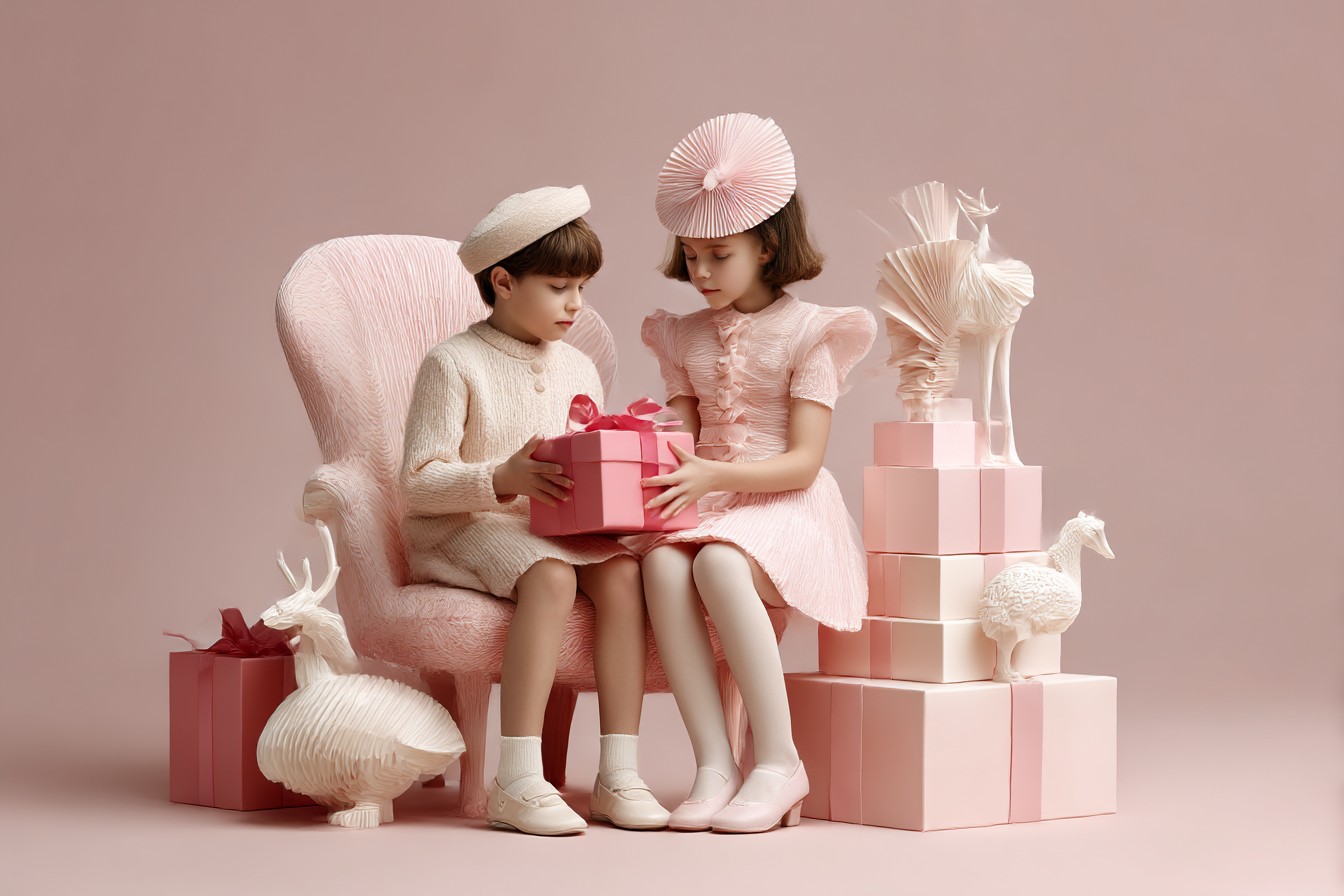
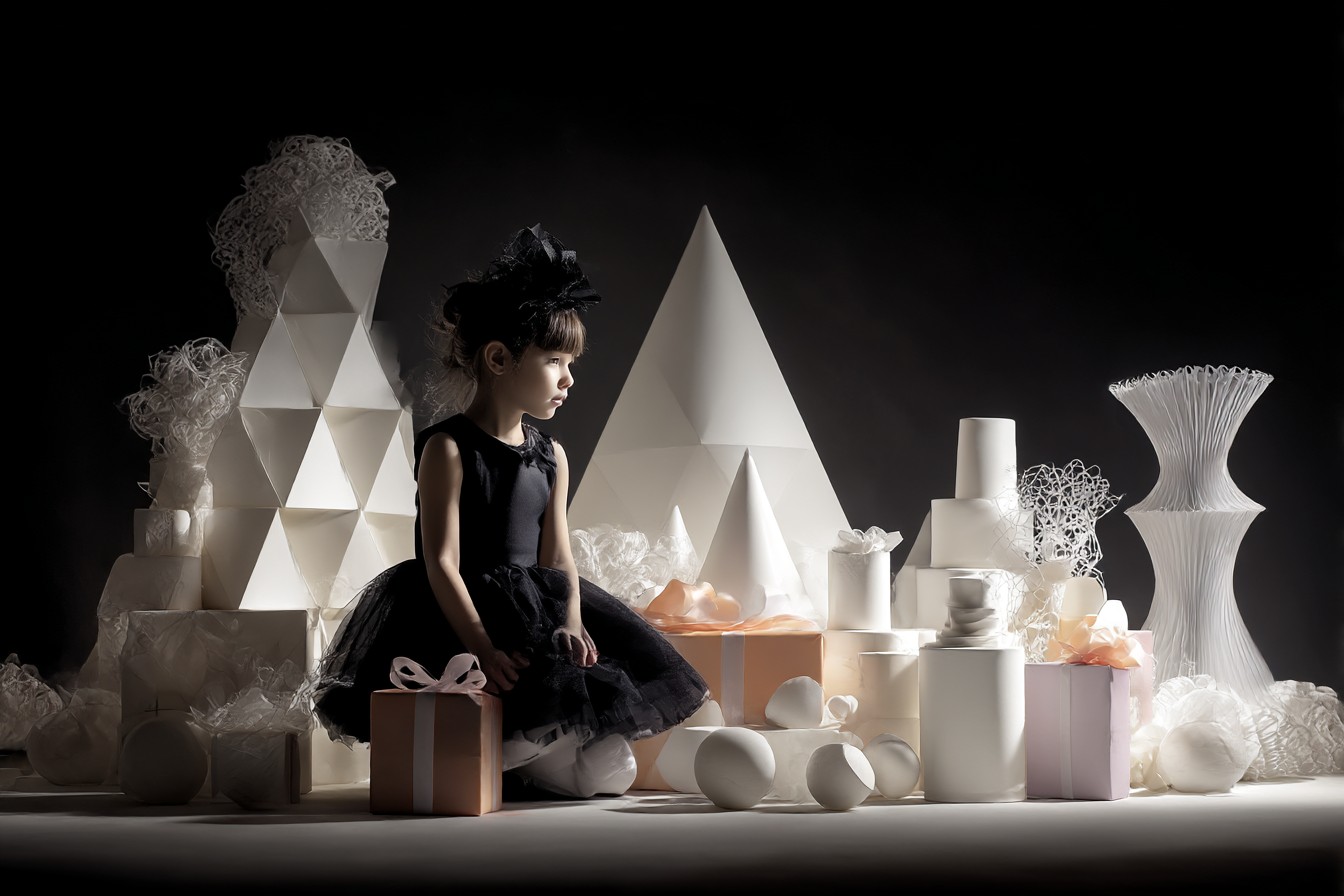
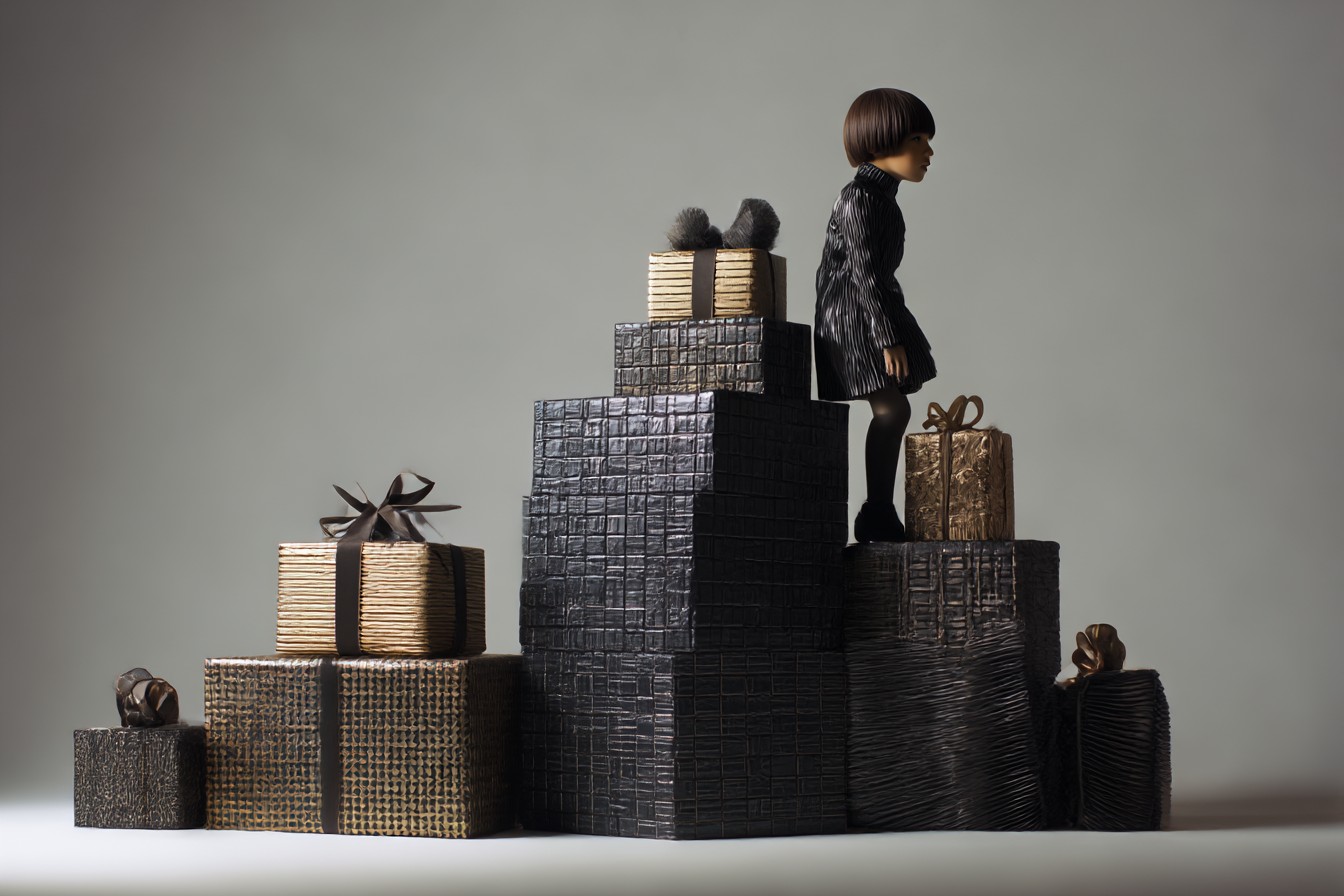


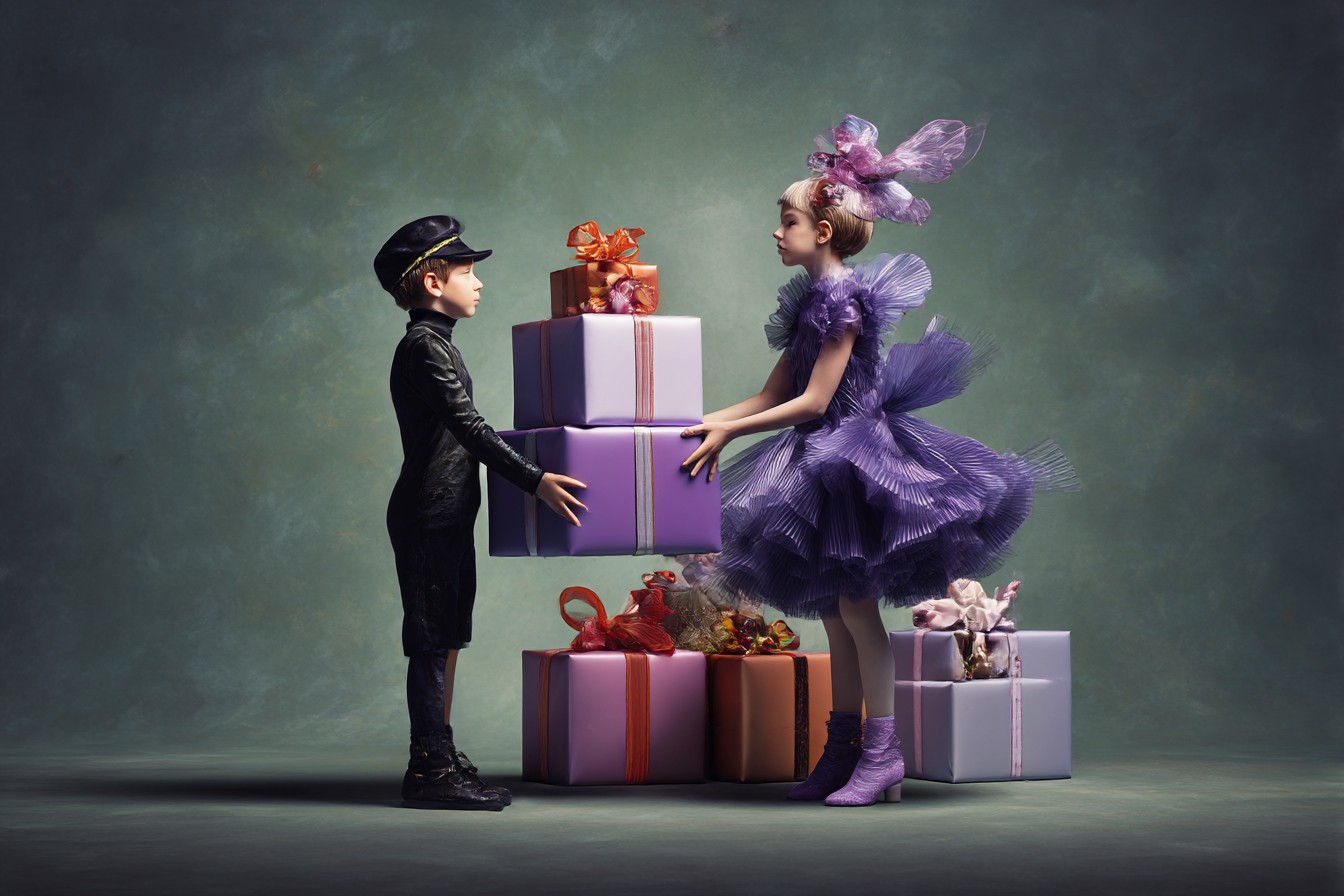
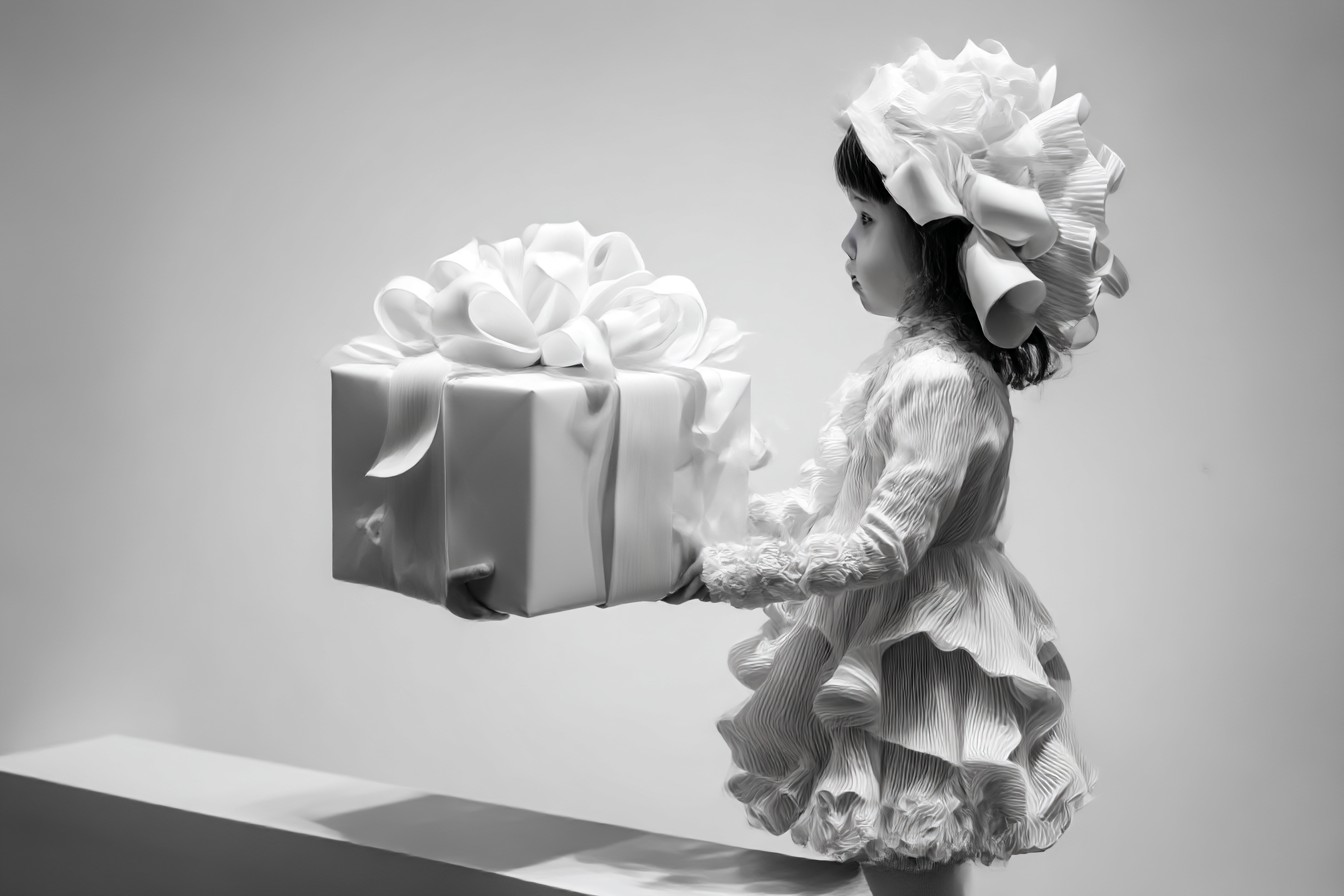
Leave a Reply